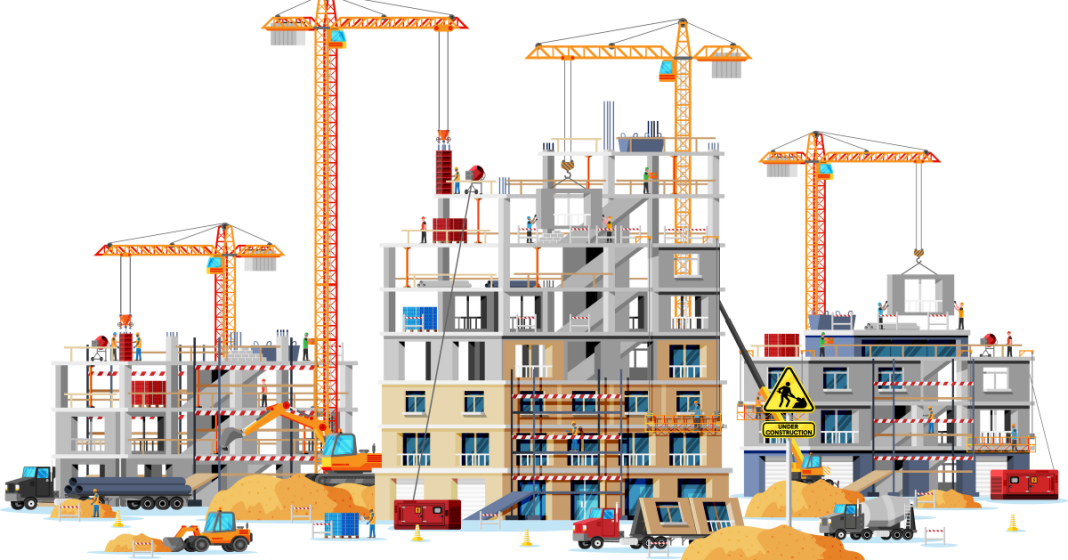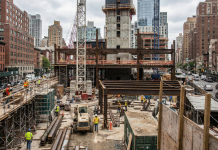Last year’s industry rules are dead.
Construction is shifting faster than most professionals realize. Major contractors are abandoning decades-old methods.
Project timelines are compressing. Material specifications are changing. Labor shifts toward technology integration over traditional trades.
This started in commercial construction and is spreading everywhere.
Technology Integration Becomes Standard Practice
Modular construction isn’t experimental anymore. Established contractors are restructuring operations around prefabricated components and digital coordination.
Project management shows the biggest change. Real-time digital monitoring replaces traditional milestone tracking and predicts delays.
Smart building integration is now standard. Clients expect IoT sensors, automated systems, and data analytics in every major project.
Sustainability Shifts From Option to Requirement
Green building standards are becoming non-negotiable across market segments. Contractors are retooling supply chains around sustainable materials and energy-efficient processes.
Regulations accelerate this trend. New building codes in major markets require carbon footprint documentation and energy performance guarantees.
Material sourcing changed completely. Recycled steel, sustainable concrete alternatives, and locally-sourced materials are primary options, not premium upgrades.
Labor Market Drives Automation Adoption
Skilled labor shortages are forcing automation adoption at unprecedented speed. Contractors invest in robotic systems, 3D printing, and automated material handling.
The economics work. Automated systems reduce project timelines while maintaining quality standards that manual processes struggle to match consistently.
Training programs shift focus. Technical skills in system operation and digital coordination become more valuable than manual expertise.
Market Implications for Construction Professionals
Architects must design for automated construction. Traditional designs assuming manual assembly create problems for contractors.
Engineers face new requirements for system integration and performance monitoring. Projects include digital infrastructure as core components.
Project managers become technology coordinators. Success depends on managing digital workflows, automated systems, and real-time data instead of just schedules and materials.
What This Means Moving Forward
Construction faces its biggest operational transformation in decades. Traditional approaches become competitive disadvantages, not reliable standards.
Early adopters gain substantial market advantages while traditional operators struggle with changing client expectations and regulations.
This transition accelerates. What seemed gradual six months ago becomes rapid industry-wide adoption.
Construction professionals who adapt quickly will define the industry’s next phase. Those who wait may find themselves managing obsolete processes.
The shift happens now. The question is how quickly professionals adapt to new industry standards.








